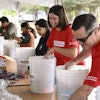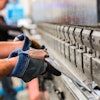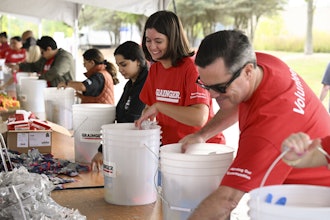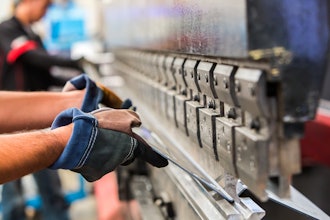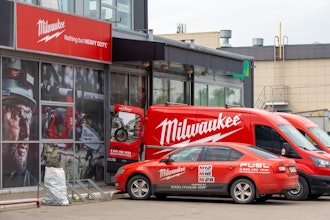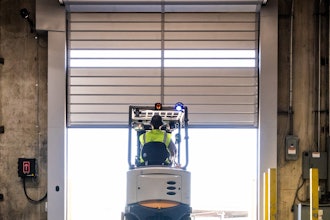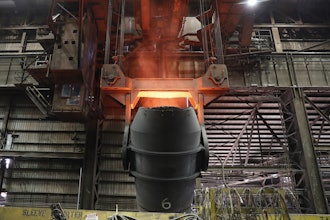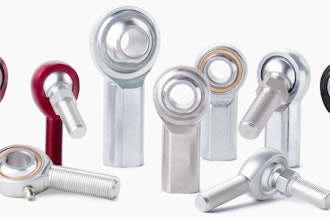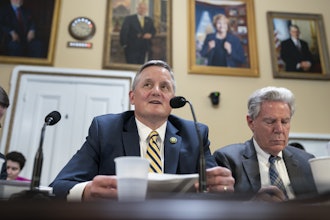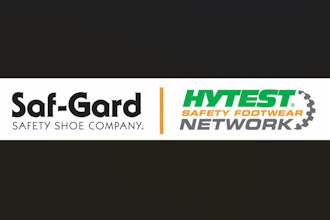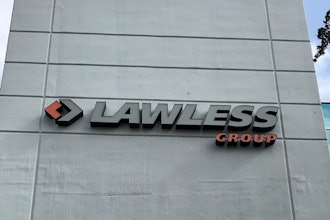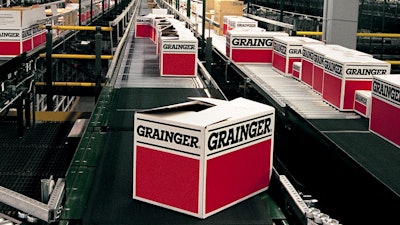
Grainger reported its 2020 first quarter earnings Thursday morning before hosting an earnings conference call with market analysts, in which the MRO products giant discussed a wide range of issues related to impacts from COVID-19 pandemic.
The company — which posted Q1 sales of $3.0 billion, up 7.2 percent year-over-year — was transparent about those impacts and what Grainger has done in response.
Chairman and CEO DG Macpherson acknowledged that, given the size of the company’s workforce — it has about 25,000 employees — Grainger has had cases of COVID-19 within its facilities. In each case, the company has shifted volumes across its network as it temporarily closed buildings to deep clean facilities and quarantine any exposed team members.
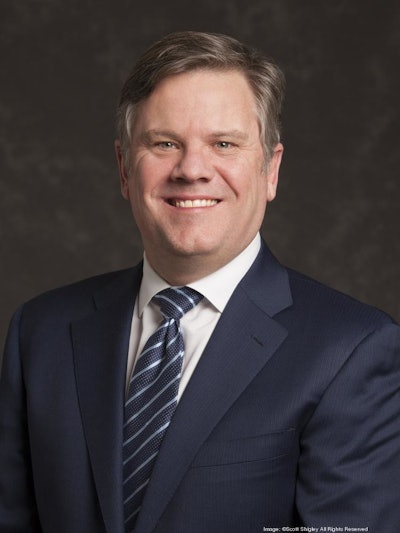 Macpherson
Macpherson
“When we emerge from the pandemic, we want to ensure that we are well-positioned with an experienced team to accelerate growth through the recovery,” Macpherson told analysts. “While we don't yet know the full financial impact of COVID-19, we have contingency plans in place for any eventuality.”
As cost-savings measures in the short-term, Macpherson said Grainger has furloughed a small portion of its workforce and reduced hours for other team members, though the company is focused on maintaining its headcount as much as possible. Additionally, Grainger has delayed merit-based pay increases for salaried employees and enacted short-term pay cuts for executives.
“Our incentive plans will adjust based on market conditions,” Macpherson noted. “Our goal is to keep our team members employed over the long haul, treated fairly and working during this time.”
Grainger chief financial officer Thomas Okray added Thursday that beyond those actions, Grainger has reduced outside professional service spending, scaled back advertising spending, eliminated non-essential company travel and has delayed hiring decisions. The company expects all those initiatives to create $40 million to $55 million of sequential cost savings in Q2, even when accounting for an increased level of cost to support the company’s pandemic response.
 Okray
Okray
“When it became clear that we might be facing a serious economic downturn, we proactively began implementing initiatives that conserve cash and optimize profitability,” Okray said. “To be clear, the initiatives strike a balance between short term cost and cash savings and ensuring we come out of the gate strong when the crisis ends.”
Business Response
Macpherson said Grainger started planning and responding to the pandemic in late January and established an emergency preparedness task force early thereafter. In the early days, the company’s focus was on product supply, executing large pre-buys of non-pandemic product and leveraging extra capacity in the company’s Louisville, KY distribution center to ensure it could supply customers through the pandemic period.
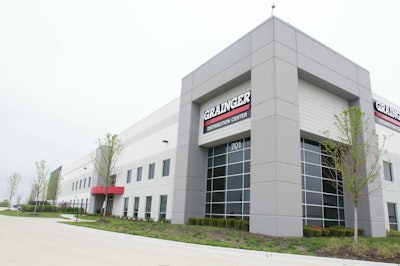
As for proactive safety measures, Grainger has enacted temperature screenings of all individuals prior to entering Grainger facilities. Macpherson said other measures include minimizing possible virus exposure to team members and customers, augmenting facility cleaning procedures, introducing mandatory curbside service at all company branch locations; providing personal protective equipment for team members working on-site with customers; and mandating forking from home for all team members who are able, including all its phone service and technical support agents.
“We were able to pivot quickly to work from home for team members able to do that, and we have not missed a beat,” Macpherson said Thursday.
Pandemic Sales Boost
Of its 7.2 percent Q1 sales growth, Okray said Grainger estimates that pandemic-related product sales represented roughly half of that growth. For perspective, he noted that the company’s core US and Endless Assortment businesses grew a combined 7.3 percent on a daily basis in the quarter.

“Even when excluding the pandemic sales contribution, we were still well within our targeted range demonstrating consistent traction of our growth initiatives,” Okray added.
Grainger posted a Q1 total profit of $173 million, down from $253 million of a year earlier.
On March 31, the company announced a draw down of $1 billion from its revolving credit facility to boost the company's cash flow position and preserve financial flexibility.

